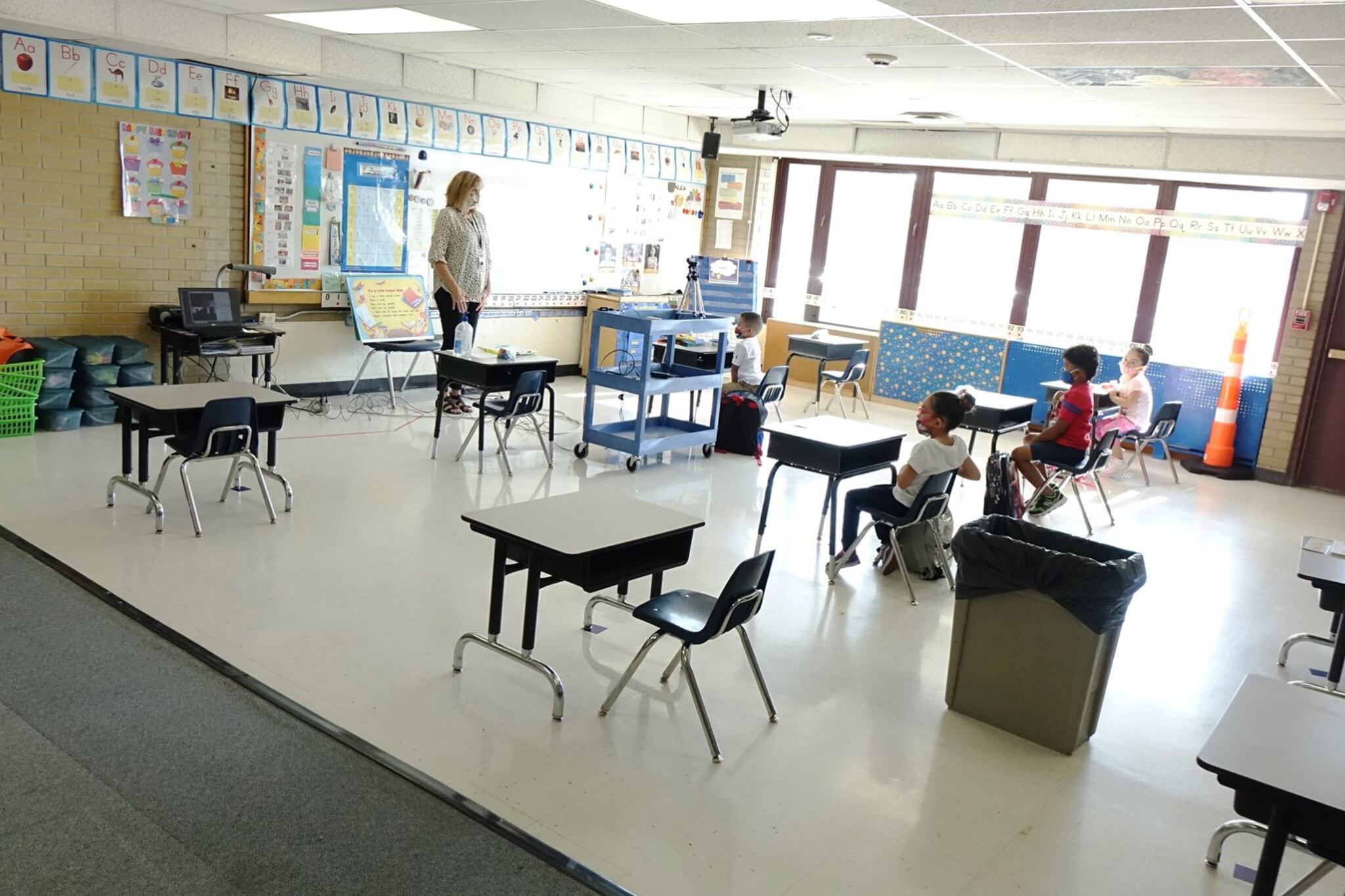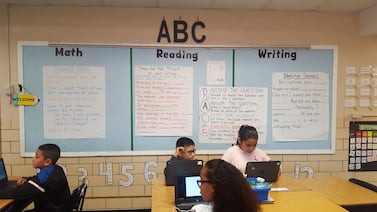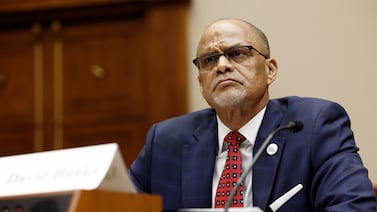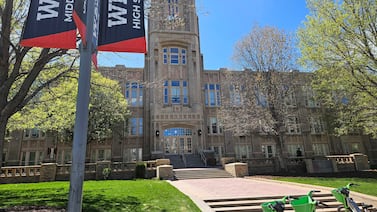Teachers in the Sheridan school district south of Denver are concerned about pay. While neighboring districts are offering double-digit percentage salary increases to their educators, Sheridan teachers have been offered just 2%.
District officials are concerned about declining enrollment, which they say is affecting district revenues. Last year alone, the district, which served 1,125 students, lost 476 students to other districts.
The teachers union sees it all as part of the same cycle: Low pay prompts teachers to leave, creating turnover and instability. Frustrated families leave the district for schools that can provide more stability. Enrollment declines, the district loses revenue, budgets get tighter, and raises require tough trade-offs.
But the two sides aren’t talking anymore. Negotiations stalled over the pay issue, and the district and the union are headed for mediation beginning July 28, a schedule that leaves teachers uncertain about their pay well into the summer.
“It’s causing me a bit of anxiety,” said Kate Biester, a high school teacher and union leader.
The stalemate over teacher pay points to a larger question for districts like Sheridan: What happens when a district that’s already small keeps shrinking?
Other Denver metro districts facing enrollment and revenue declines are closing or consolidating schools, which creates disruption but helps free up some money for the students and schools that remain.
But in Sheridan and other small districts, the limited number of schools leaves fewer options for closing buildings.
Sheridan district leaders declined to talk about the negotiations or the impact of enrollment declines on district finances. They said that there were no documents about the salary offer that they could release as public records, and that they don’t have recorded video of the negotiations. Under Colorado law, negotiations between teachers unions and school districts are public.
Biester said the teachers’ position in the negotiations was met with a lack of compassion.
“We did not feel that our story was listened to,” she said. “We were told several times to hurry up and stop being repetitive about things that are really close to home. I work 16-hour days often, and I might not be able to afford my rent next year.”
Enrollment declines are accelerating
The enrollment declines in Sheridan are real: The district had 1,125 students enrolled in the fall of 2022, down nearly 20% since 2017. The overall population of children in Sheridan has dropped as well, census data shows, but not as fast.
Arapahoe County’s birth rates have dropped since 2000 but are projected to rise in 2025.
According to district budget presentations, the district is projected to receive about $13.5 million in funding for the 2023-24 school year, up from last year. The district presentation states that last year, the district received about $12.8 million, although state calculations put last year’s revenue at closer to $13.4 million.
The district has five schools: an early childhood center, a K-2 elementary school, a middle school for grades 3-8, a high school, and an alternative secondary school.
Merging those schools hasn’t been a part of discussions, district leaders say.
“I don’t know the physical space would allow it,” said Superintendent Pat Sandos, who retired, but will return in July for a one-year transition. “It probably would cost us money to do that.”
Instead, district documents show the board had pressed the superintendent and district leaders to come up with a marketing plan to keep students from leaving the district.
Sandos, who received a 17% raise in 2021, said the district has focused on developing a training program that partners with trade unions in the area to create a path for students to work in the trades. The district has spent millions in remodeling a building for that program.
The district has offered teachers a 2% raise. The school board president said raising pay beyond that would require cutting staff.
With high turnover, students are ‘used to their teachers leaving’
Even with the threat to revenues, teachers say the district can do better. They started out wanting a 12% raise, in line with a projected increase in state per-pupil funding to districts.
By the end of negotiations this spring, they had come down to requesting a 10% increase.
Teachers say the district needs to focus on what they see as the cause of the accelerating enrollment declines: Families are tired of long-term substitutes, a decrease in program offerings, and staff turnover.
Sheridan teachers say it’s easy to make more money by moving to nearby districts that have been giving teachers larger raises.
Currently the starting salary for teachers in Sheridan is $50,991, and the average is $64,813. Both of those figures are lower than in neighboring districts. In Denver, the average salary is $66,141, and in Littleton, it’s $75,434.
In the last school year, teacher turnover in Sheridan was at almost 40% — one of the highest in the state. The number of teachers in the district has dropped from about 100 in 2017 to 75 in 2022.
“I had a kid say to me on my first day, ‘Mrs., you’re not going to be here next year. That’s just how it goes here.’” Biester said. “They’re just used to their teachers leaving.”
Teachers also say offerings for extracurricular activities and electives like music, art, and shop are being cut.
Sandos said that’s not a district decision, but said he allows principals to make program cuts to fit their budget, as they see fit.
Sharena Del Brocco, a middle school teacher who has worked in Sheridan about 10 years, said it all contributes to why students leave the district.
“Kids are getting subs, we’re not retaining high quality teachers, and people keep leaving,” Del Brocco said. “So the kids feel abandoned.”
Yesenia Robles is a reporter for Chalkbeat Colorado covering K-12 school districts and multilingual education. Contact Yesenia at yrobles@chalkbeat.org.







